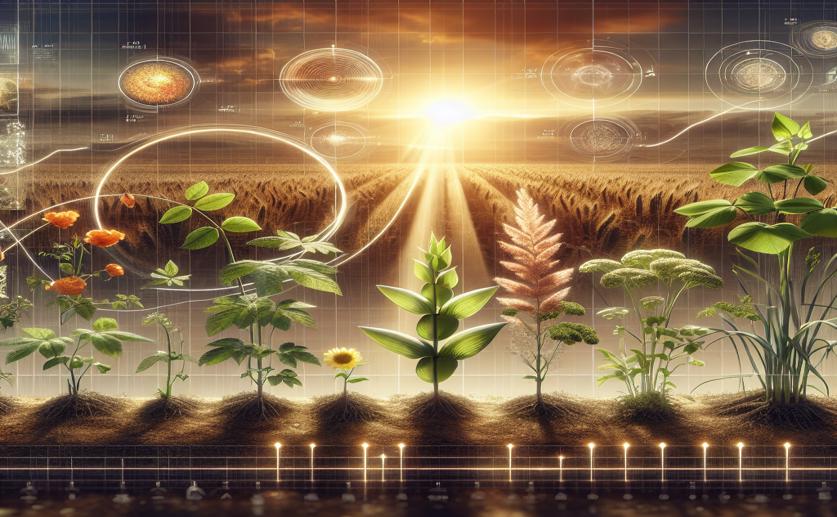
How Plants Use Light and Heat Affects Crop Growth Efficiency
Jenn Hoskins
15th January, 2024

Image Source: Natural Science News, 2024
References
Main Study
1) Contrasting leaf-scale photosynthetic low-light response and its temperature dependency are key to differences in crop-scale radiation use efficiency.
Published 12th January, 2024
https://doi.org/10.1111/nph.19537



 15th January, 2024 | David Palenski
15th January, 2024 | David Palenski